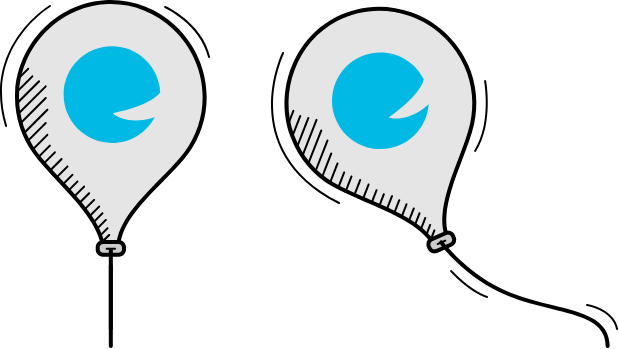Introduction
We all have mental health, sometimes its good and sometimes it’s not but the stigma and discrimination associated with it can stop people from speaking about it and seeking help. In Scotland, 79% of people think that the public perception of mental health problems has improved over the past ten years. This is reflected in society and the media as more people are openly speaking about mental health.
However, recent research in Scotland has shown that 56% of people with a mental health condition have experienced stigma and discrimination. There is still work to be done.
The best way we can do this is by working together, through the social movement which we’ve been growing in Scotland since 2013. A social movement is when a group of people come together with a shared vision of creating or effecting change. Social movements have existed for a long time and throughout history have had a real impact on the way we live our lives.
See Me supports a growing social movement made up of people from all across Scotland. Our movement for change is for all of us who are passionate about ending mental health stigma and discrimination. The social movement…
1. Is driven by people across Scotland who are determined to end mental health stigma and discrimination.
2. It impacts on every aspect of our lives, including where we live, learn, work and receive care, but when we struggle with our mental health we often face stigma and discrimination.
3. People with experience of mental health problems are at the heart of it, ensuring the work focuses on where change is needed most.
The Social Movement is about working together and not being alone.
I think one of the best bits about See Me is the number of organisations and people that it brings together. You’ve got people with lived experience; you’ve got carers and user groups involved and you’ve also got the professional voice there as well. I think it doesn’t get much more powerful than that.
We all have mental health, and any of us could experience a mental health problem. 56% of people who have experienced a mental health condition have faced stigma and discrimination.
But only 55% of us would feel confident challenging mental health stigma if we saw it.
Everyone will know someone at their school, in their work, in their community or friends and family who have struggled with their mental health.
That’s the main reason that people want to start their journey in the social movement and make a change. People most commonly feel confident to challenge stigma because:
- 52% Personal experience
- 40% Close friend or family member has personal experience
Why don’t others feel confident? - 55% of people are fearful of the reaction from others
- 51% of people don’t feel like they have the skills
Over the last few years See Me has worked with hundreds of workplaces, thousands of school staff and pupils, health and social care professionals, and people across Scotland to give them the skills to challenge stigma, and help create cultures where people don’t have to worry about the reaction they will get if they talk about mental health.
We help to empower people to have their voices heard so they can make the impact in the areas they know best.
“It’s really helped to feel like you're part of something bigger, for us, in leadership roles. And you know, the other directors. It’s been massive, so if See Me hadn't given us the support they they’ve given us, we wouldn't be in the same state that we are today.”
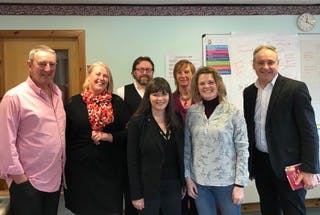
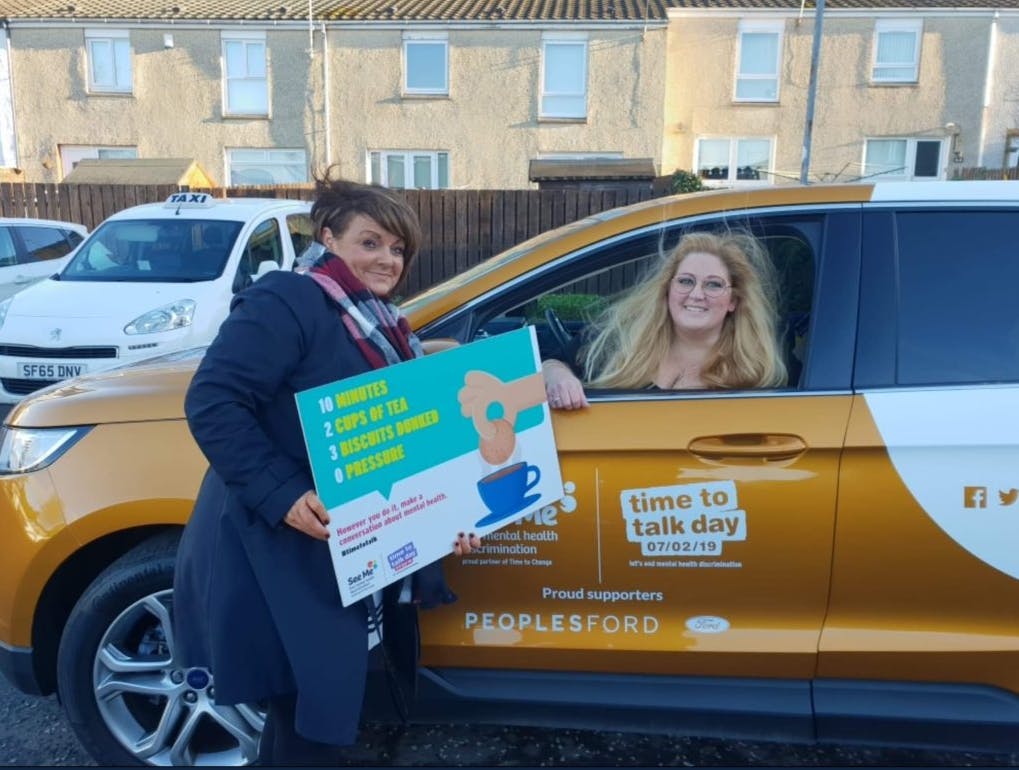
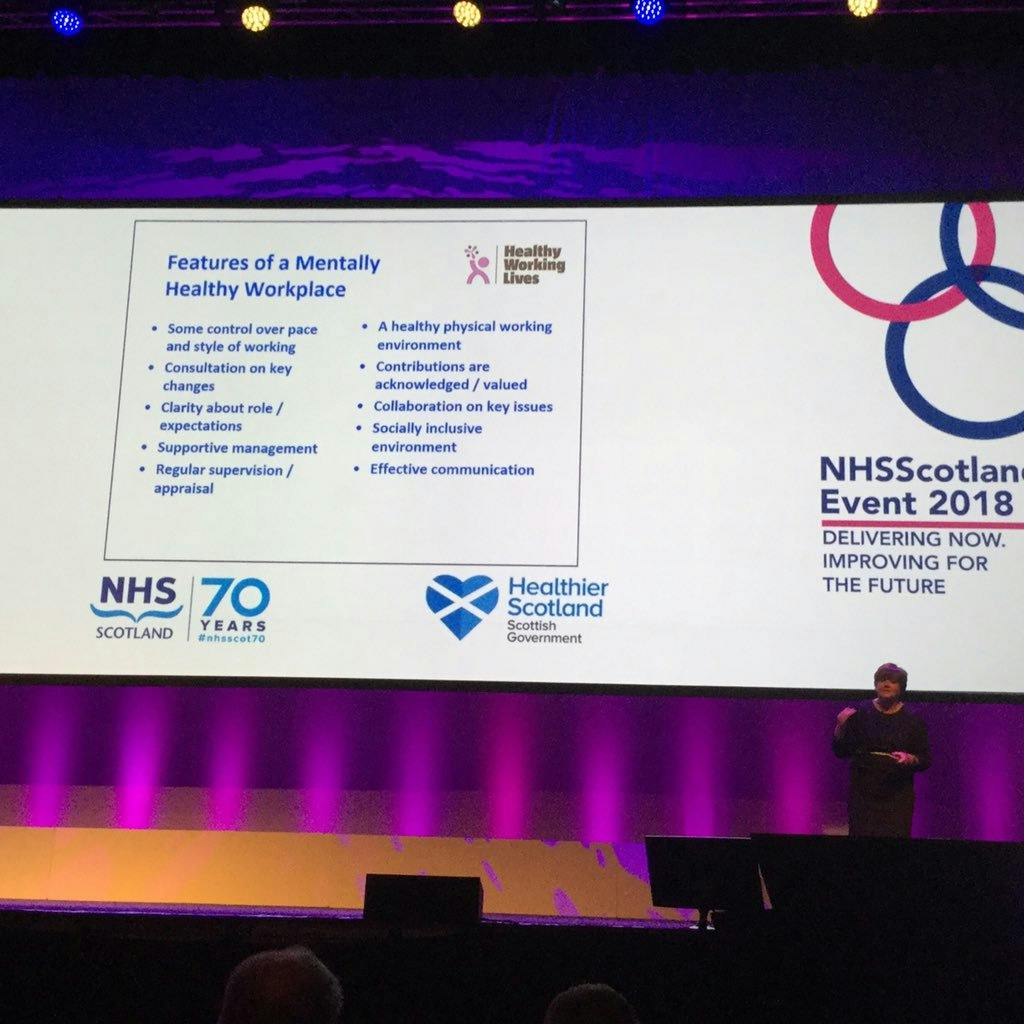
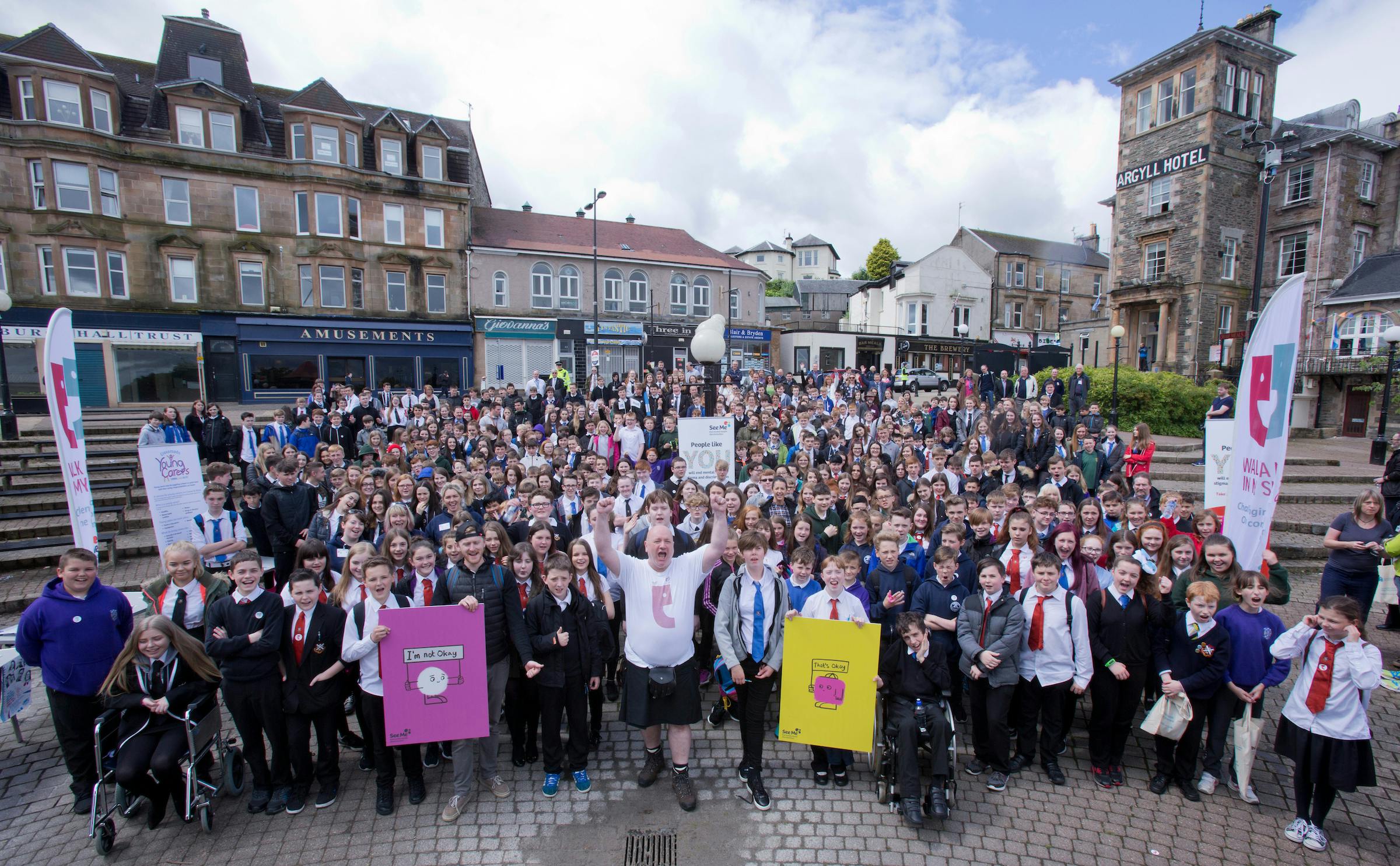
I think we’ve exceeded where I thought we’d have been in the beginning, initially I think I looked at it as a school and the need to tackle it as a school. But we have opened that up, we’ve got the community involved, parents are more open and we’ve got young people going home and talking about mental health.
Developing a movement is all about how and why people want to work with See Me. That comes down to where stigma and discrimination exists the most.
People most commonly experience stigma and discrimination from the people closest to them (friends, work colleagues, immediate family, wider family). It also occurs frequently in education, workplaces, communities and within health and social care.
Tackling mental health stigma and discrimination is all about connecting with others, helping people to talk about mental health and impacting people’s lives for the better. The biggest difference comes when people work together and share their knowledge.
See Me supports people, individuals and organisations to do this, with resources, advice, a person to work with and the evidence needed to make change. But the people we work with also help us by informing our work and showing different ways of working by using their expertise to help achieve the same goal.
I speak to mental health nurses. They tell me they feel they are discriminated against because they’re mental health nurses and not general nurses. Even within our profession, we at times are missing the respect that we ought to have for all practitioners. That feeds down into people with mental health problems, because they often feel secondary, second class, not taken seriously. And if we don’t challenge that and we don’t face up to that, then we’re never going to change it
The reason we think that a movement is the best way to end stigma and discrimination in Scotland is because the messages and action to end stigma and discrimination can be taken far beyond the reach of See Me. The movement is able to identify and tackle local issues and have access to opportunities at a national level that See Me doesn’t.
And it’s so important they do. 37% of people in Scotland have witnessed someone experiencing stigma or discrimination because of a mental health problem. The movement can be used to help educate all of us so that everyone in Scotland is empowered to challenge this.
Expanding the movement is all about taking the impact you’ve had and building on it, and sharing that learning with others.
Even though more people are talking about mental health, we still have a huge issue with stigma, and we need to keep challenging it, and totally normalise mental health, so that we don’t have to let people know it’s okay to talk about mental health
There is still a long way to go before we have achieved our aims. 35% of people with experience of a mental health problem do not feel comfortable talking openly about their own mental health. We want everyone to be able to talk openly about their mental health without fear of discrimination.
Where does the social movement still need to go to make change and what should the message be moving forward? The future of the movement will continue to act on the knowledge of its member’s, the experiences of inequality which we need to change and continuing to challenge stigmatising and unfair systems.
The future of the movement means more people starting, developing and expanding their journey, people like you.
79%
79%
56%
56%
55%
55%
Thank you to our managing partners, SAMH, The Mental Health Foundation, The Scottish Government and Comic Relief for the on-going support. Thank you to Bridget Dickson, Fiona McQueen, Gary Macdonald, Heidi Tweedi, Janis McDonald, Karen Lally, Kevin O Neill, Liam Rankin, Linda Findlay, Mairi McLaughlin, Sally Nimmo, Stephen Reid, Susan Falconer, Studio Something and Neu for helping to create this story.
Get Involved with See Me
There are so many ways to get involved and engage with the movement, from becoming a supporter or volunteer to partnering with us to growing the movement in your organisation.

